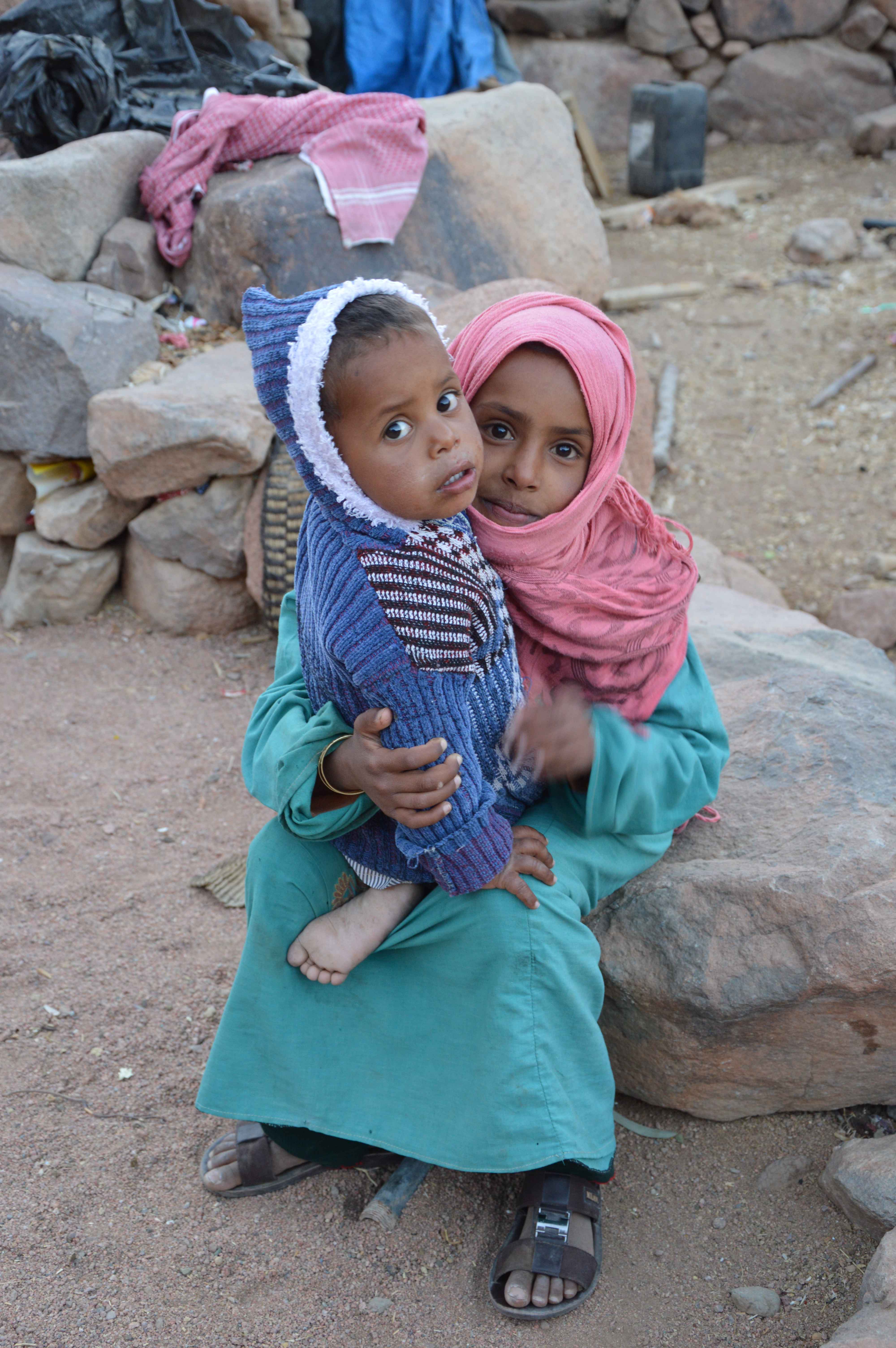THE BEDOUIN
THE BEDOUIN AND THE MONASTERY
The term “bedouin” in the Arabic language refers to one who lives out in the open, in the desert. Eutyches, the ninth century Patriarch of Alexandria, writes that when Justinian built the monastery, he settled next to it some two hundred families brought from the Pontos of Anatolia, and from Alexandria, in order to guard, defend, and assist the monks. The modern-day bedouin are considered to be the descendants of those families that were converted to Islam in the seventh century, and that today form the Sinai bedouin families that make up the Jebeliya tribe. Its members to this day trace their lineage to these soldiers, and are proud of their Greek and Roman origins, as well as of this denomination and cultural identity.
BEDOUIN TRIBES
Of the six tribes that inhabit the South Sinai area, the tribe of the Jebeliya is the oldest and the one most closely attached to the monastery, as they are the descendants of the guards that the Emperor Justinian dispatched to the monastery in the sixth century. The Jebeliya are subdivided into four families: the descendants of Selim, of Emb or Ouhembat, of Hement, and of Ntzinti.
BEDOUIN CUSTOMS
The bedouin that live around the Holy Monastery are a peace loving, courteous, and cultivated nomadic people. Their families are patriarchal, and they are distinguished by the respect that the children have towards their parents. They bedouin women are often beautiful, and they wear rich ornaments. They weave carpets and take great care of their dwellings. The bedouin men occupy themselves with work outside the home, using camels as their beasts of burden, though in recent years, the influence of the modern world has brought about certain changes in their habits.





